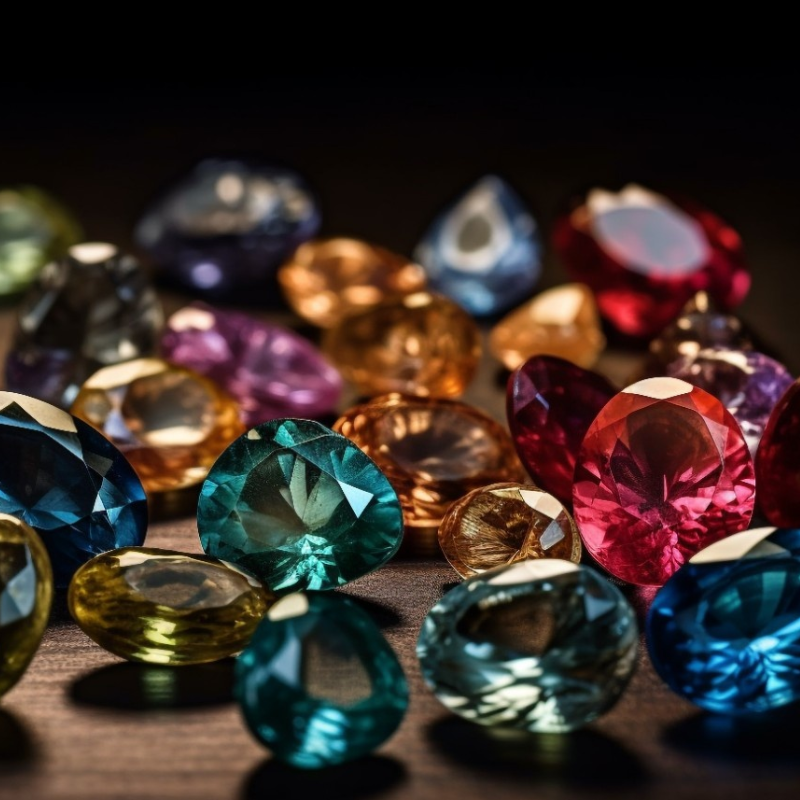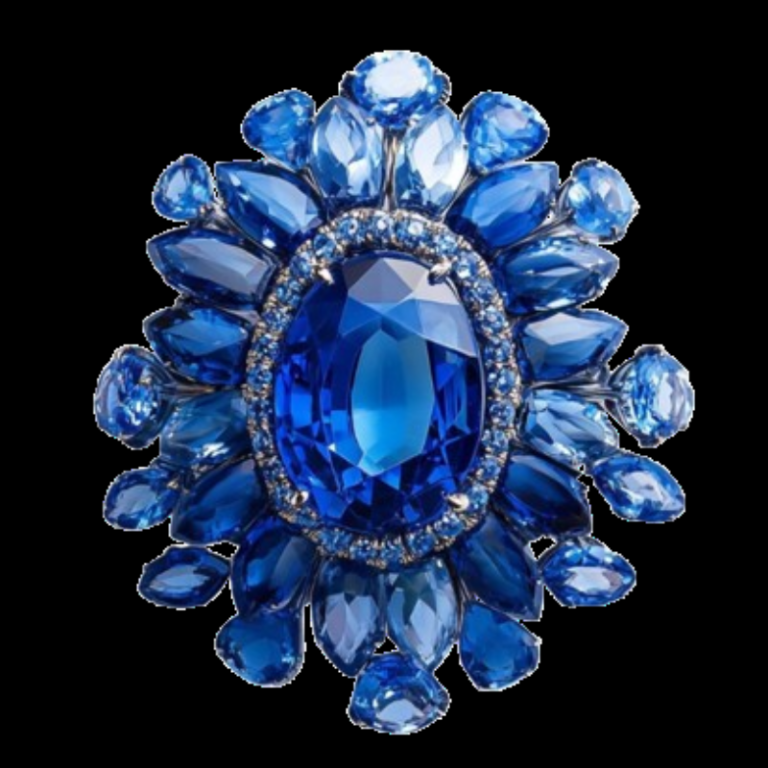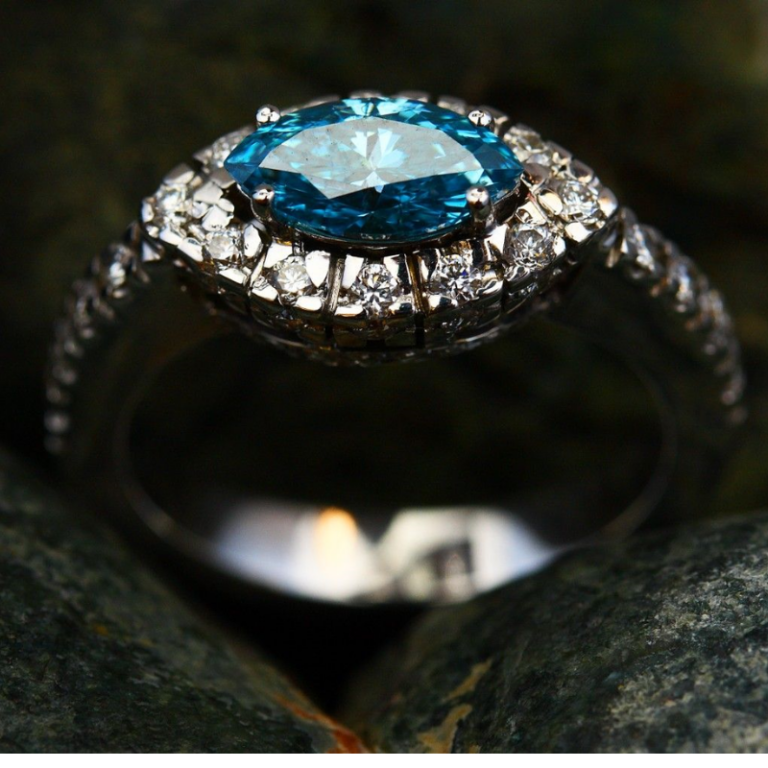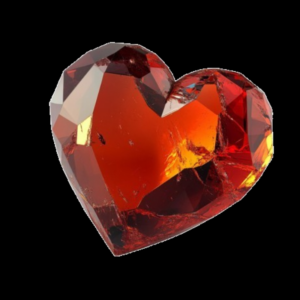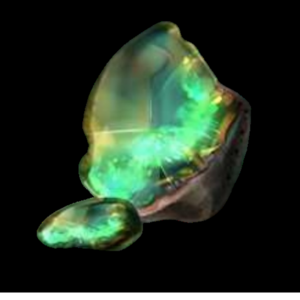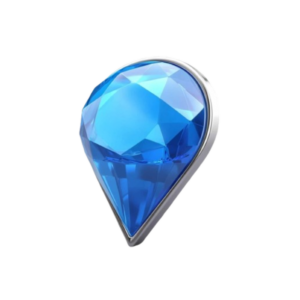The Chemistry of Gemstone Color: Why They Shine
Gemstones have captivated human imagination for centuries—not only because they are rare, but because they display irresistible colors and luster. Behind each dazzling color is a universe of science, where chemistry, physics, and geology come together to produce such natural wonders.
At the core of a gemstone’s color is its chemistry. Most gemstones owe their color to trace elements, which are referred to as chromophores, substituting for atoms in the mineral’s crystal structure. Thus, the intense red of a ruby is caused by minute traces of chromium, whereas the dark blue of a sapphire is normally due to iron and titanium inclusions. Trace elements selectively absorb some wavelengths of light and pass others, giving each gemstone its characteristic color.
Aside from chemical composition, the gemstone’s crystal structure is very important in influencing its behavior toward light. Upon entering a gemstone, light is bent as it travels inside. This light bending, complemented by inner reflections of the gemstone, results in brilliance and fire—that resplendent glitter that entices our vision. Diamonds, for example, are famous for their fire due to their high dispersion and refractive index, which make white light disperse into a rainbow of colors as it leaves.
Some gems have optical properties that further create an extra air of mystery in their look. Pleochroism is an example of an optical property whereby a gem appears to alter its color depending on the angle at which one views it. This is because the gemstone refracts light differently along different crystallographic axes. Yet another dramatic effect is chatoyancy, or the “cat’s eye” effect, which results from light being reflected from parallel inclusions in the stone. These internal characteristics not only make the gem more beautiful but also give pointers to its internal structure and mode of formation.
Fluorescence is another attribute of gem color. In ultraviolet light, certain gemstones, such as some diamonds and fluorite, exhibit a glow caused by the excitation of electrons. This added glow can increase the perceived brilliance and color of the gem in certain lighting, making them even more distinctive and desirable.
Gemstone treatments also attest to the sensitive interplay between science and art in gemstone color. Heat treatment or irradiation, for example, is a common method of treating a gemstone to deepen its color or even alter it altogether. Heat treatment, for example, can make a sapphire’s blue deeper or clear up an emerald’s cloudiness. These treatments, however, have to be precisely controlled since they can also change the internal makeup of the gemstone and its long-term stability.
Learning the science of gemstone color not only enriches our understanding of these natural wonders but also teaches us about the techniques employed to assess and improve them. The combination of impurities, crystal structure, and light gives rise to a range of possibilities, and every gemstone is thus a distinct work of art created by the power of nature.
Essentially, the dazzling hues of gemstones are not just an eyesight feast—they are a creation of the detailed scientific mechanisms that take place in the depths of the Earth.

